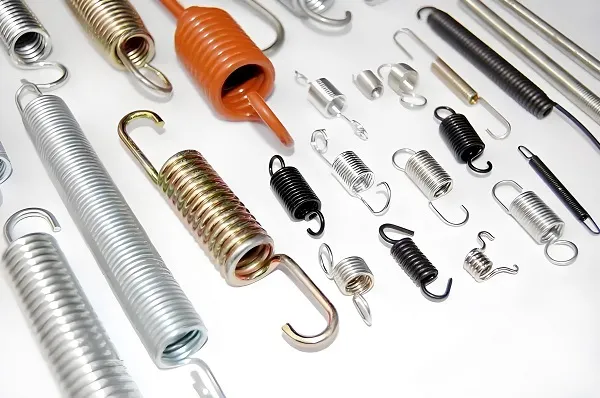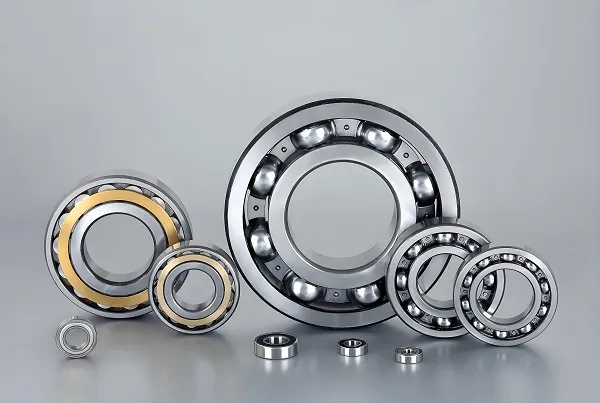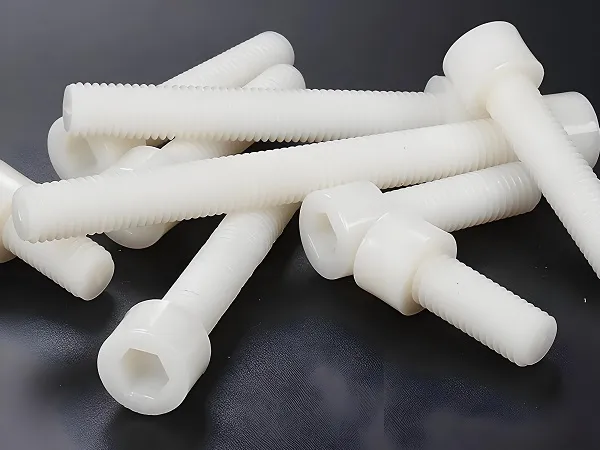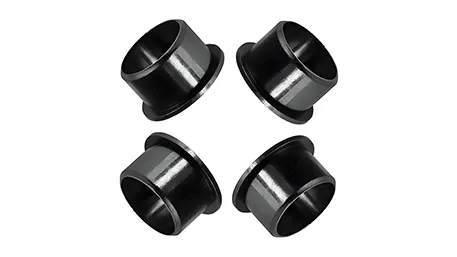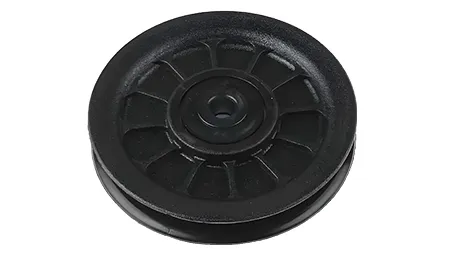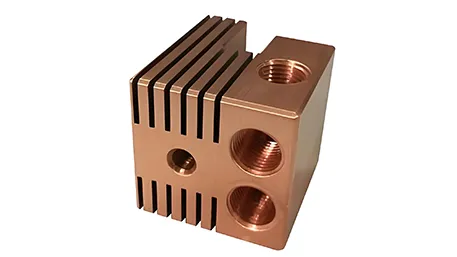In the dynamic landscape of modern manufacturing, aluminum alloy CNC machining has emerged as a cornerstone technology for producing high-performance components that balance lightweight design with exceptional strength and precision. The unique combination of aluminum’s favorable properties—low density, corrosion resistance, and excellent thermal conductivity—paired with the accuracy of Computer Numerical Control (CNC) machining, enables the creation of parts that meet the rigorous demands of industries from aerospace to automotive, electronics, and beyond. This article delves into the technical capabilities, material advantages, customization processes, quality control, and diverse applications of aluminum alloy CNC machining, highlighting how this technology drives innovation and efficiency across sectors.
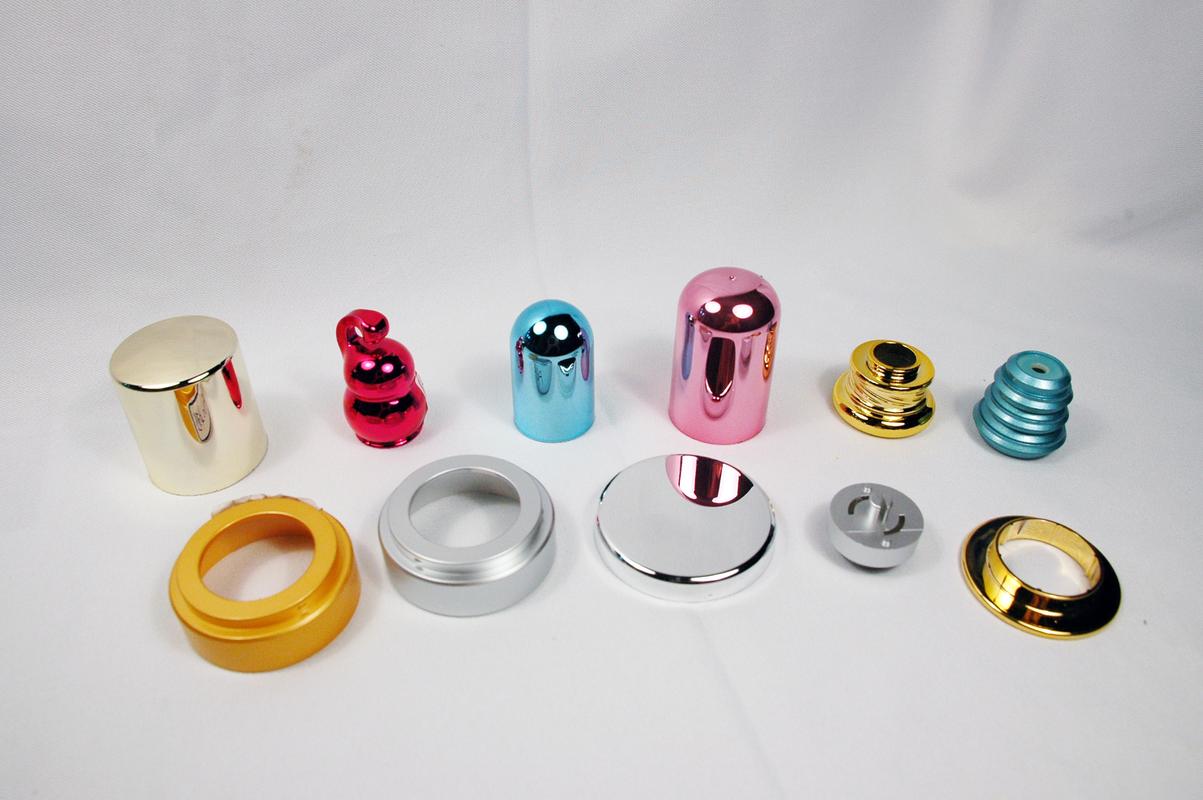
I. Technical Capabilities: Precision Redefined for Aluminum Alloys
(A) Ultra-High Dimensional Accuracy
CNC machining systems specialized for aluminum alloys achieve positioning accuracy of ±0.002mm and repeat positioning accuracy of ±0.003mm, ensuring parts with extremely tight tolerances. For aerospace components like wing brackets or engine mounts, this precision ensures perfect fits that minimize vibration and enhance structural integrity. Advanced Renishaw probing systems integrated into our CNC machines verify dimensions in real-time, reducing human error and maintaining consistency across production runs. For example, machining a 7075-T6 aluminum landing gear component, we maintain bore diameters within ±0.002mm to ensure seamless integration with other aircraft systems.
(B) Complex Geometry Machining
Five-axis CNC machining technology enables the creation of aluminum alloy parts with intricate geometries that were once impossible with traditional methods. Whether it’s multi-stepped shafts, complex internal channels for fluid flow, or organic-shaped components for aerodynamic optimization, the five-axis system executes designs with precision. Compared to conventional machining, five-axis CNC reduces setup errors from ±0.01mm to within ±0.003mm, while increasing production efficiency by over 60%. This capability is critical for industries like robotics, where components such as articulated arm joints require both strength and precise movement.
(C) High-Speed Machining for Aluminum’s Unique Properties
Aluminum alloys’ low melting point and high thermal conductivity demand specialized machining techniques. Our CNC systems utilize high-speed spindles (up to 30,000 RPM) and optimized cutting parameters to prevent heat buildup, which can cause material deformation. Diamond-coated tools and high-pressure coolant systems further enhance surface finish and tool life, achieving Ra 0.4μm finishes on critical surfaces. For example, machining 6061-T6 aluminum heat sinks, we use high-speed milling to create fine fins with 0.5mm thickness, maximizing surface area for heat dissipation while maintaining structural rigidity.
II. End-to-End Customization: Tailoring Aluminum Parts to Your Vision
(A) Comprehensive Requirement Analysis
Our engineering team begins by understanding your application’s specific needs: operating environment (temperature, corrosion exposure), mechanical loads, and functional requirements. Using 3D modeling and finite element analysis (FEA), we simulate performance under real-world conditions. For a automotive suspension component, we analyze stress distribution under dynamic loads to optimize wall thickness and rib placement, balancing weight reduction with durability.
(B) Strategic Alloy Selection
We recommend the ideal aluminum alloy based on your needs:
6061-T6: Balances strength (310 MPa tensile) and machinability, ideal for general-purpose parts like brackets and frames.
7075-T6: High-strength (572 MPa tensile) for aerospace and high-performance automotive components.
5052-H32: Excellent corrosion resistance for marine and chemical environments.
2024-T3: High fatigue resistance for aircraft structures and critical load-bearing parts.
(C) Precision Manufacturing Workflow
Design Validation: CAD/CAM software converts designs into toolpaths, with FEA to validate structural integrity.
Material Preparation: Certified alloys undergo chemical composition and hardness testing.
CNC Machining: Multi-axis machines with live tooling execute complex operations in fewer setups.
Post-Processing: Options include anodizing (up to 25μm thickness), powder coating, or passivation.
Quality Inspection: CMM scanning and functional testing ensure compliance with ISO 9001:2015.
(D) Rigorous Quality Assurance
Each part undergoes:
Dimensional Verification: CMM with 0.001mm resolution checks critical dimensions.
Material Testing: Tensile, hardness, and grain structure analysis.
Non-Destructive Testing: Ultrasonic and dye penetrant inspection for internal defects.
Functional Testing: Simulated load and environmental cycling for performance validation.
III. Strategic Material Expertise: Aluminum Alloys for Every Application
(A) 6061-T6: The Workhorse Alloy
With a tensile strength of 310 MPa and thermal conductivity of 167 W/m·K, 6061-T6 is ideal for:
Automotive: Engine mounts, suspension arms, and transmission cases.
Robotics: Lightweight yet strong joint components.
General Industrial: Frames, brackets, and housings.
(B) 7075-T6: High-Strength Performance
Boasting 572 MPa tensile strength, 7075-T6 excels in:
Aerospace: Wing spars, landing gear components, and aircraft frames.
Motorsports: Race car chassis parts and high-performance drivetrain components.
Defense: Lightweight armor and tactical equipment.
(C) 5052-H32: Corrosion-Resistant Solution
With excellent saltwater resistance, 5052-H32 is perfect for:
Marine: Boat hull components, propellers, and hardware.
Chemical Processing: Tanks, valves, and piping systems.
Outdoor Equipment: Outdoor machinery and coastal infrastructure.
(D) 2024-T3: Fatigue-Resistant Alloy
Offering high fatigue strength, 2024-T3 is used in:
Aircraft Structures: Fuselage panels and wing components.
Heavy Machinery: Components subject to cyclic loading.
Sporting Equipment: High-performance bicycles and golf club heads.
IV. Stringent Quality Control: Ensuring Excellence at Every Stage
(A) Incoming Material Validation
Spectroscopic Analysis: Verifies alloy composition to within 0.01%.
Mechanical Testing: Tensile, yield, and hardness tests confirm material properties.
Microstructural Examination: SEM analysis ensures grain uniformity and no defects.
(B) In-Process Monitoring
Real-Time Tool Wear Detection: Sensors monitor cutting forces and temperatures to prevent dimensional drift.
Statistical Process Control (SPC): Data sampling and analysis adjust parameters to maintain tolerance consistency.
Thermal Imaging: Monitors machining temperatures to prevent aluminum overheating.
(C) Final Inspection Protocol
3D Scanning: Captures full-surface geometry for comparison to CAD models.
Surface Roughness Testing: Ensures finishes meet requirements for functionality (e.g., Ra 0.8μm for mating surfaces).
Leak Testing: For fluid-handling components, pressure testing up to 100 bar.
Fatigue Testing: Simulates 1 million+ cycles for high-stress parts.
V. Diverse Industry Applications: Driving Innovation Across Sectors
(A) Aerospace & Defense
Aircraft Components: 7075-T6 landing gear parts and 2024-T3 wing ribs, reducing aircraft weight by 15-20%.
Satellite Structures: 6061-T6 frames and panels, optimized for launch payload efficiency.
Military Equipment: Lightweight armor and tactical vehicle components with ballistic protection coatings.
(B) Automotive & EVs
Electric Vehicle Components: 6061-T6 battery enclosures and 7075-T6 motor brackets, improving range by 8-12%.
Performance Automotive: 7075-T6 suspension components, reducing unsprung weight for better handling.
Engine Parts: 6061-T6 cylinder heads and intake manifolds, enhancing heat dissipation and fuel efficiency.
(C) Electronics & Semiconductor
Heat Sinks: 6063-T5 extruded and machined fins for 5G base stations and server racks.
Semiconductor Equipment: 1050 aluminum chambers and fixtures, requiring ultra-high purity and smooth surfaces.
Consumer Electronics: 6061-T6 smartphone and laptop housings, balancing durability and aesthetics.
(D) Medical & Biotechnology
Surgical Instruments: 6061-T6 and 7075-T6 components with FDA-compliant anodizing.
Diagnostic Equipment: Lightweight 6061-T6 frames for portable medical devices.
Bioprocessing: 5052-H32 tanks and valves for pharmaceutical production.
VI. Frequently Asked Questions (FAQ)
(A) What is the tightest tolerance achievable with aluminum CNC machining?
We routinely achieve ±0.002mm for critical dimensions, and up to ±0.001mm for specialized applications like aerospace fasteners and medical implants.
(B) How does aluminum alloy choice affect machining costs?
High-strength alloys like 7075-T6 require more robust tooling and slower cutting speeds, increasing costs by 15-25% compared to 6061-T6. However, volume production can mitigate costs through economies of scale.
(C) Can you machine thin-walled aluminum parts without deformation?
Yes, using strategies like:
Multi-axis simultaneous machining to reduce clamping forces.
Coolant systems to manage heat-induced expansion.
Fixture design optimized for minimal deflection.
We’ve successfully machined walls as thin as 0.3mm in 6061-T6 with<0.01mm deformation.
(D) What surface finishes are available for aluminum parts?
Anodizing: Type II (decorative, 5-25μm), Type III (hard coat, 25-100μm).
Electropolishing: Ra 0.2μm mirror finish for medical and optical components.
Powder Coating: Wide color range with corrosion resistance.
PVD Coating: Titanium nitride (TiN) for wear resistance in moving parts.
(E) How long does aluminum CNC machining take for prototypes?
Simple prototypes (1-5 parts) take 3-5 business days. Complex designs with multiple operations may take 7-10 days. Rush services (24-48 hour turnaround) are available for urgent needs.
VII. Customer Success Stories
Aerospace Manufacturer Case Study
A leading aircraft OEM needed to reduce the weight of their regional jet’s wing brackets. Using 7075-T6 and our five-axis CNC machining, we optimized the design to remove 18% material while maintaining structural integrity. The parts passed 100,000+ fatigue cycles, saving the OEM 230kg per aircraft and improving fuel efficiency by 3.2%.
Electric Vehicle Innovator
An EV startup required a battery enclosure that balanced strength, thermal management, and weight. Our 6061-T6 design with integrated cooling channels reduced weight by 22% compared to steel, while anodizing provided corrosion resistance. The enclosure met IP67 standards and improved battery life by 15%.
Medical Device Company
A medical device manufacturer needed precision 6061-T6 components for a robotic surgical system. Our CNC machining achieved ±0.003mm tolerances on articulated joints, enabling sub-millimeter movement accuracy. The parts passed biocompatibility testing and reduced system vibration by 40%.
Partner with Us for Aluminum Alloy Precision
Whether you need lightweight aerospace components, high-strength automotive parts, or precision medical devices, our aluminum alloy CNC machining services deliver unmatched quality and innovation. Contact us today to discuss your project and experience the difference of precision engineering.

